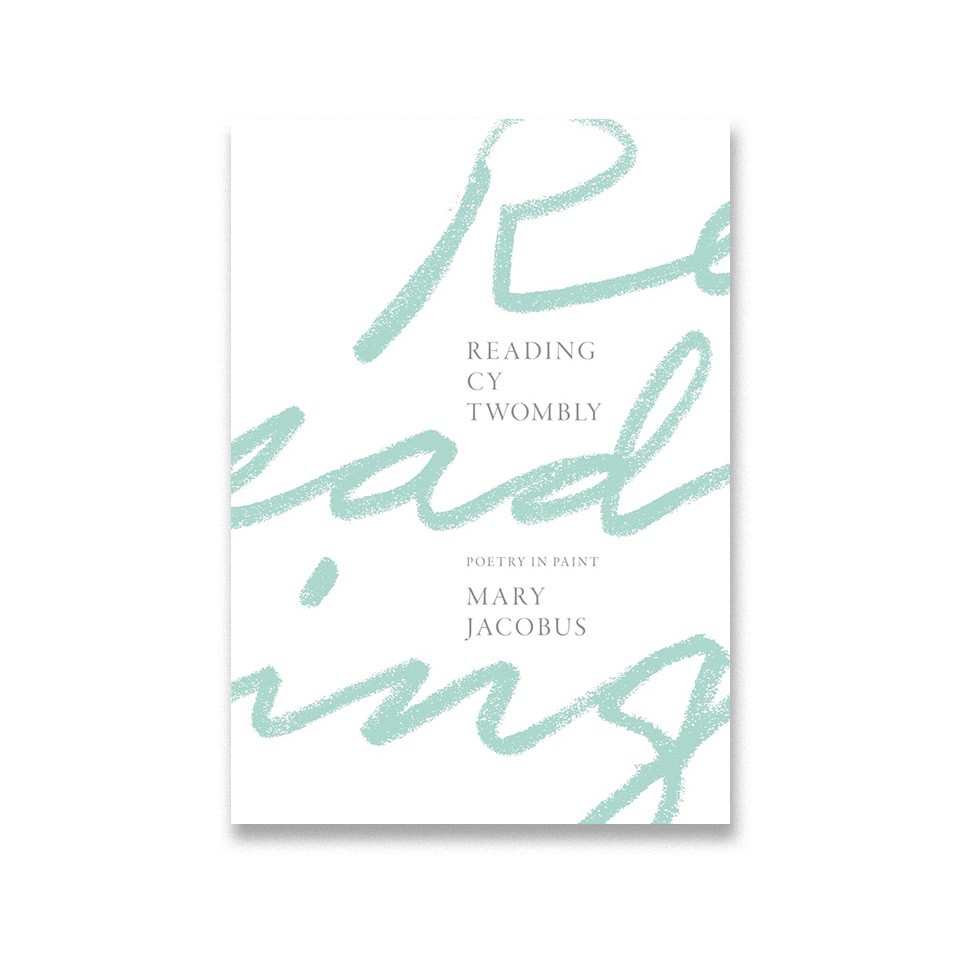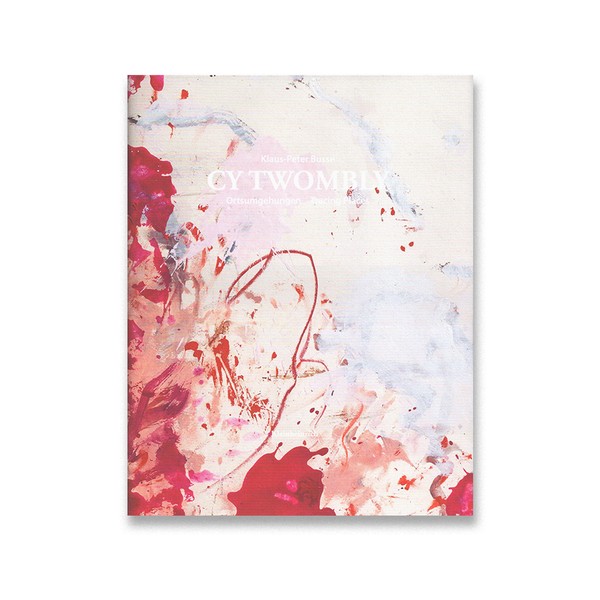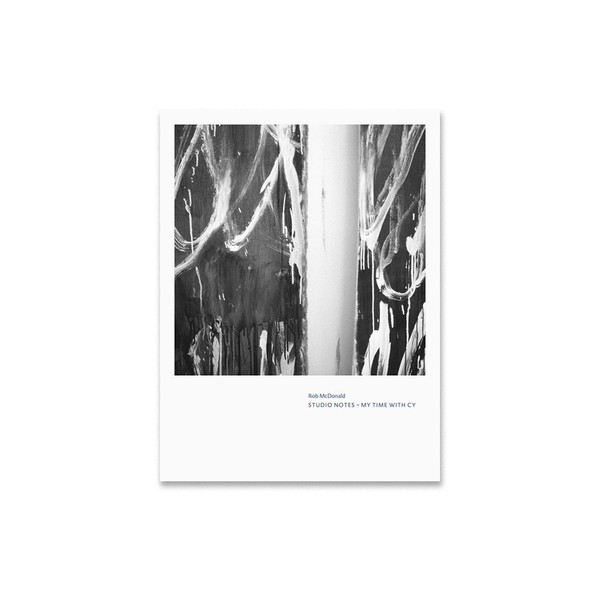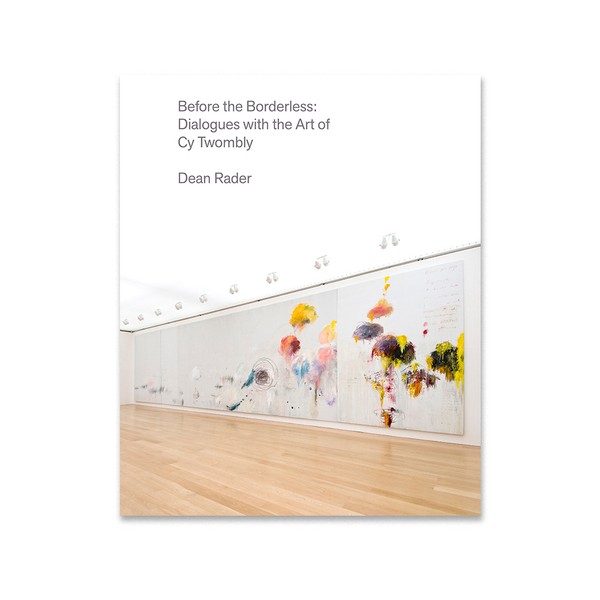Reading Cy Twombly. Poetry in Paint
By Mary Jacobus

Mary Jacobus’s monograph offers the first comprehensive account of Twombly as a reader and of poetry’s role in his broader practice, with special attention to the role of his library and annotations. The volume includes the following chapters: “Introduction: Twombly’s Books” reviews Twombly’s Gaeta library and its development over time. “Mediterranean Passages: Retrospect” addresses Twombly’s earliest international travels with Robert Rauschenberg alongside his Say Goodbye, Catullus, to the Shores of Asia Minor (1994), which Jacobus treats as a retrospective work and reads with special attention to C. P. Cavafy. “Psychogram and Parnassus: How (Not) To Read a Twombly” addresses Twombly’s reinterpretations of Renaissance art, centering artists such as Raphael and authors such as John Wolfgang von Goethe with whom Twombly repeatedly engaged. “Twombly’s Vagueness: The Poetics of Abstraction” takes up Poems to the Sea (1959) and Letters of Resignation (1967) “as wordless and encoded communications that allude to specific genres of writing (poem and letter)” (22). “Achilles’ Horses, Twombly’s War” offers an extended reading of Twombly’s Fifty Days at Iliam (1978) through the contemporary events of the Vietnam War, with detailed examination of the artist’s use of Alexander Pope’s translation of the Iliad. “Romantic Twombly” focuses on Twombly’s landscapes and scenes of nature, returning to authors such as Goethe and considering Christopher Marlowe at length. “The Pastoral Stain” addresses Twombly’s pastoral artworks, with extended readings of Theocritus, Virgil, and Edmund Spenser as sources. “Psyche: The Double Door” focuses on “allusions to [John] Keats (Psyche), Ovid (Narcissus), and [Rainer Maria] Rilke (Orpheus)” (22). “Twombly’s Lapse” addresses Twombly’s later paintings of flowers and the accompanying quotations from Japanese haikus and Rilke’s rose poems. “Postscript: Writing in Light” concludes the volume with Twombly’s 1993 collaboration with poet Octavio Paz. As Jacobus writes of the monograph’s overarching argument, “‘Translation’ emerges as a metaphor for the problematic of meaning in modern painting and art criticism within which this book aims to reinscribe Twombly’s work—not as ‘poetic,’ but rather as a form of painting in which poetry prompts renewed acts of reading and writing, viewing and interpretation” (23).
Scholars interested in this volume may also consult other major catalogues and monographs, such as: Fifty Days at Iliam, ed. Carlos Basualdo (2018), Richard Leeman’s Cy Twombly: A Monograph (2005), Thierry Greub’s Inscriptions (2022), Cy Twombly: A Retrospective, ed. Kirk Varnedoe (1994), Cy Twombly: Œuvres sur papier 1973–1977, Musée de Grenoble (2023), and Cy Twombly: Making Past Present, eds. Christine Kondoleon and Kate Nesin (2020). Jacobus’s writing on Twombly also appears in other volumes, notably Making Past Present and Cy Twombly: Photographs, Volume II (Gagosian, 2015), and in journals; see especially her “Time-Lines: Rilke and Twombly on the Nile” (Tate Papers, 2008).
(Publication description by Jamie Danis)
Reading Cy Twombly. Poetry in Paint. By Mary Jacobus. Published by Princeton University Press, 2016; 320 pages, 96 color illust. English edition.



